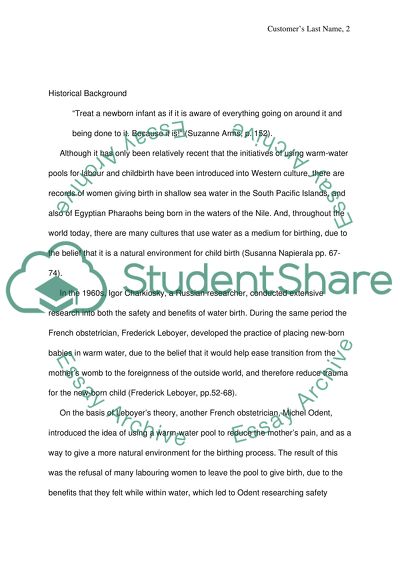Cite this document
(“The Environment of Birth Essay Example | Topics and Well Written Essays - 2000 words”, n.d.)
The Environment of Birth Essay Example | Topics and Well Written Essays - 2000 words. Retrieved from https://studentshare.org/health-sciences-medicine/1515878-the-environment-of-birth
The Environment of Birth Essay Example | Topics and Well Written Essays - 2000 words. Retrieved from https://studentshare.org/health-sciences-medicine/1515878-the-environment-of-birth
(The Environment of Birth Essay Example | Topics and Well Written Essays - 2000 Words)
The Environment of Birth Essay Example | Topics and Well Written Essays - 2000 Words. https://studentshare.org/health-sciences-medicine/1515878-the-environment-of-birth.
The Environment of Birth Essay Example | Topics and Well Written Essays - 2000 Words. https://studentshare.org/health-sciences-medicine/1515878-the-environment-of-birth.
“The Environment of Birth Essay Example | Topics and Well Written Essays - 2000 Words”, n.d. https://studentshare.org/health-sciences-medicine/1515878-the-environment-of-birth.


